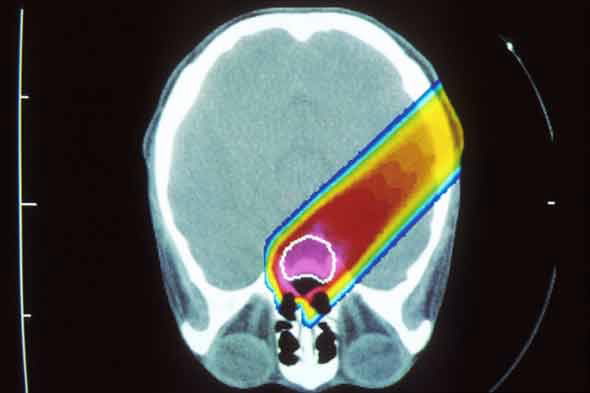
The use of accelerated carbon ions delivers a precisely targeted dose of energy to a tumour with minimal side effects.
This advanced cancer treatment is currently not available in Australia.
However, a recent study, highlighted by the International Atomic Energy Agency (IAEA) has found that the costs of establishing particle beam therapy (using protons or carbon ions) can be controlled by technological innovation and feasibility planning.
ANSTO is supporting the establishment of a National Carbon Cancer Therapy and Research Centre in Australia to deliver advanced cancer treatment using a leading-edge technology.
Commenting about a paper published in the International Journal of Radiation Oncology, Indra Das, Vice Chair of the Department of Radiation Oncology at the New York University Medical Center, said proton beam therapy was becoming more affordable because of recent developments in technology, such as improved image guidance, single treatment room facilities, more compact gantries and 360 degrees rotating devices.
Das suggested that recent improvements in reimbursement programs for proton therapy were also helping, and better use of networks of facilities around the world was further contributing to accessibility and affordability.
Costs were expected to further decrease as the clinical benefits of particle beams continued to be realized with new opportunities in research.
There are now fifty seven particle beam centres worldwide.
"More centres will be able to offer this therapy in the future because costs are decreasing significantly over time," said Das.
May Abdel-Wahab, Director of the IAEA's Division of Human Health, and one of the authors of the article, said a proper focus on planning, preparation, training and support is critical for this technology to be feasible.
Published: 22/06/2016


